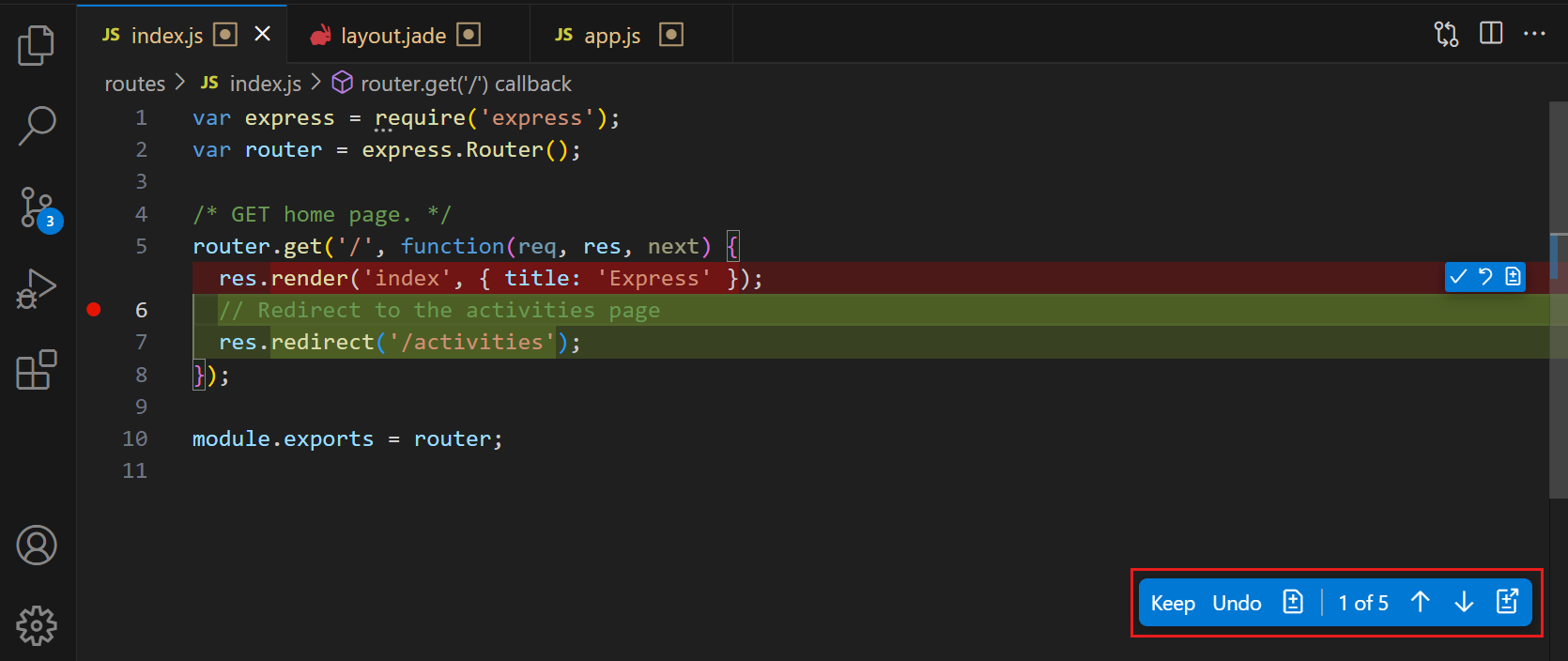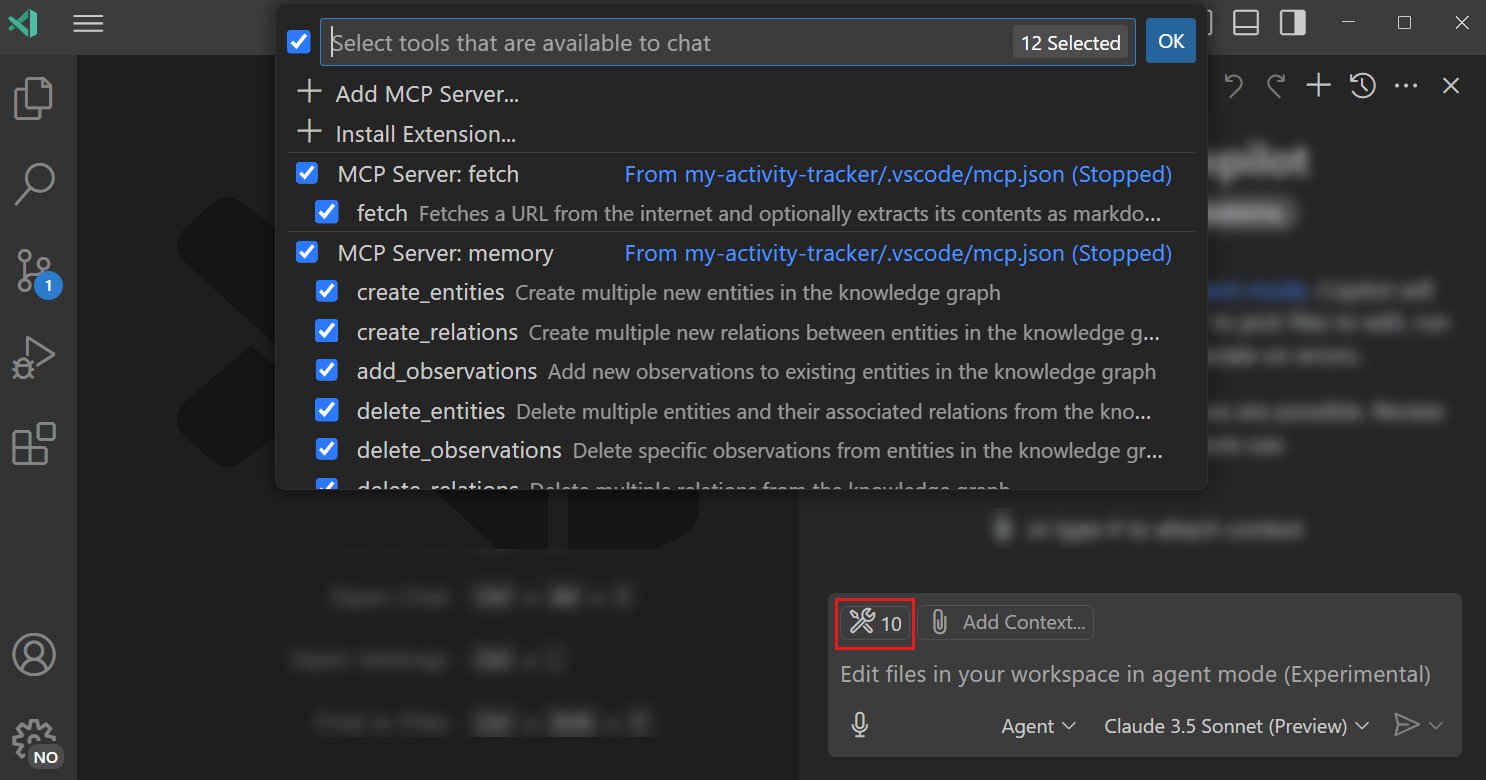AI coding agents are unbelievable as there are — but there are still tons of powerful techniques that will greatly maximize the value you get from them.
Use these tips to save you hours and drastically improve the accuracy and predictability of your coding agents.
1. Keep files short and modular
Too-long files are one of the biggest reasons for syntax errors from agent edits.

Break your code into small, self-contained files — like 200 lines. This helps the agent:
- Grasp intent and logic quickly.
- Avoid incorrect assumptions or side effects.
- Produce accurate edits.
Short files also simplify reviews. When you can scan a diff in seconds, you catch mistakes before they reach production.
2. Customize the agent with system prompts

System prompts are crucial for guiding the AI’s behavior and ensuring it understands your intentions.
Before you even start coding, take the time to craft clear and concise system prompts.
Specify the desired coding style, architectural patterns, and any constraints or conventions your project follows.
Like for me I’m not a fan of how Windsurf likes generating code with comments — especially those verbose doc comments before a function.
So I’d set a system prompt like “don’t include any comments in your generated code”.
Or what if you use Yarn or PNPM in your JS projects? Coding agents typically prioritize npm by default.
So you add “always use Yarn for NPM package installations“.
On Windsurf you can set system prompts for Cascade with Global Rules in global_rules.md
3. Use MCP to drastically improve context and capability

Connect the agent to live project data—database schemas, documentation, API specs—via Model Context Protocol (MCP) servers. Grounded context reduces hallucinations and ensures generated changes fit your actual environment.
Without MCP integration, you’re missing serious performance gains. Give the agent all the context it needs to maximize accuracy and run actions on the various services across your system without you ever having to switch from your IDE.
4. Switch models when one fails
Different models can excel at different tasks.
If the agent repeats mistakes or gives off-base suggestions, try swapping models instead of endless retries.
A new model with the same prompt often yields fresh, better results.
Also a great tactic for overcoming stubborn errors.

5. Verify every change (to the line)
AI edits can look polished yet contain tiny changes you didn’t ask for — like undoing a recent change you made. Windsurf is especially fond of this.
Never accept changes blindly:
- Review diffs thoroughly.
- Run your test suite.
- Inspect critical logic paths.
Even if Windsurf applies edits smoothly, validate them before merging. Your oversight transforms a powerful assistant into a safe collaborator.
6. “Reflect this change across the entire codebase”
Sometimes you tell the agent to make changes that can affect multiple files and projects — like renaming an API route in your server code that you use in your client code.
Telling it to “reflect the change you made across the entire codebase” is a powerful way to ensure that it does exactly that — making sure that every update that needs to happen from that change happens.
7. Revert, don’t retry

It’s tempting to try and “fix” the AI’s incorrect output by continually providing more context or slightly altering your prompt.
Or just saying “It still doesn’t work”.
But if an AI agent generates code that is fundamentally wrong or off-track, the most efficient approach is often to revert the changes entirely and rephrase your original prompt or approach the problem from a different angle.
Trying to incrementally correct a flawed AI output can lead to a tangled mess of half-baked solutions.
A clean slate and a fresh, precise prompt will almost always yield better results than iterative corrections.
AI coding agents are force multipliers—especially when you wield them with precision. Master these habits, and you’ll turn your agent from a novelty into a serious edge.
